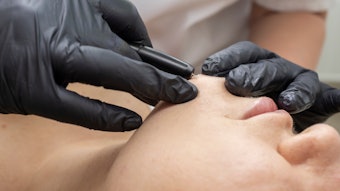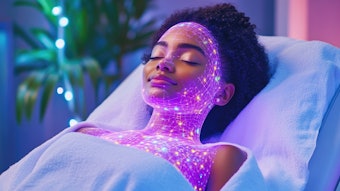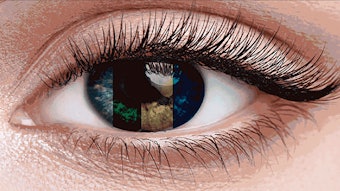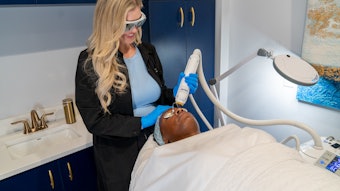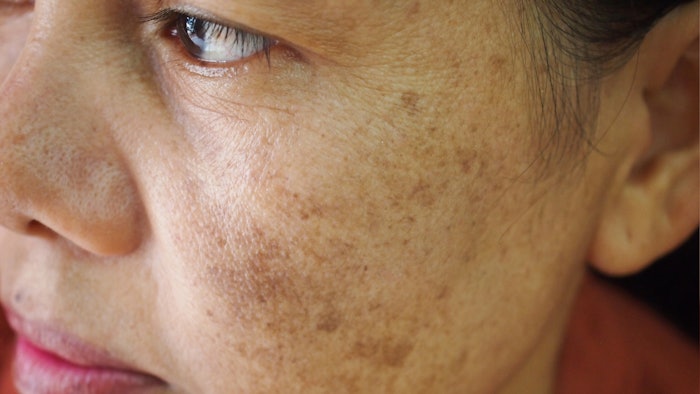
In the December 2021 issue of Lasers in Surgery and Medicine, Samia Esmat, Amany Z. Elramly, Dina Shahin and Rana F. Hilal, shared the outcomes of their study comparing the use of Q-switched Nd:YAG (QS-Nd:YAG) toning (low fluence, large spot size, and high frequency), low power fractional CO2 laser and the two modalities combined for the treatment of melasma.
Related: Nd:YAG Offers Long-term Results for Melasma
The investigators hypothesized that combining low power fractional CO2 laser with QS-Nd:YAG—both of which have been used successfully for the treatment of melasma—may help to reduce the risk of punctate leukoderma, a frequent complication of QS-Nd:YAG treatment, especially in dark skin phototypes.
For the randomized comparative split-face study, they treated 30 subjects with bilateral, symmetrical melasma. All subjects received QS-Nd:YAG toning on one randomly selected side of the face, while the other side randomly received either low power fractional CO2 alone (group A) or combined QS-Nd:YAG toning with low power fractional CO2 (group B).
Related: Melasma Diagnosis and Management: An Evidence-based Approach
The number of sessions were: nine sessions spaced every two weeks for QS-Nd:YAG; and three sessions spaced four weeks apart for the low power fractional CO2.
The assessment was done using the modified melasma area and severity index (mMASI) score, spectrophotometry (melanin index [MI] and erythema index [EI]), photography, blinded physician assessment and patient satisfaction (at baseline, one week and eight to 12 weeks after the last treatment session).
Related: Microneedling vs. QS Nd:YAG with Tranexamic Acid for Melasma
All treatment regimens resulted in a significant reduction in the mMASI score and MI. In group A, the reduction in mMASI and MI was significantly greater on the side receiving QS-ND:YAG toning (64.03% and 8.27%, respectively) than the side receiving low power fractional CO2 laser alone (36.02% and 2.64%, respectively). In group B, there was no statistically significant difference in reduction of mMASI score and MI between the side receiving QS-Nd:YAG toning alone and the combined modality.
However, there were fewer cases of punctate leukoderma, which occurred in four cases (13%) on the side receiving QS-Nd:YAG toning, on the combination treatment side of the face.

